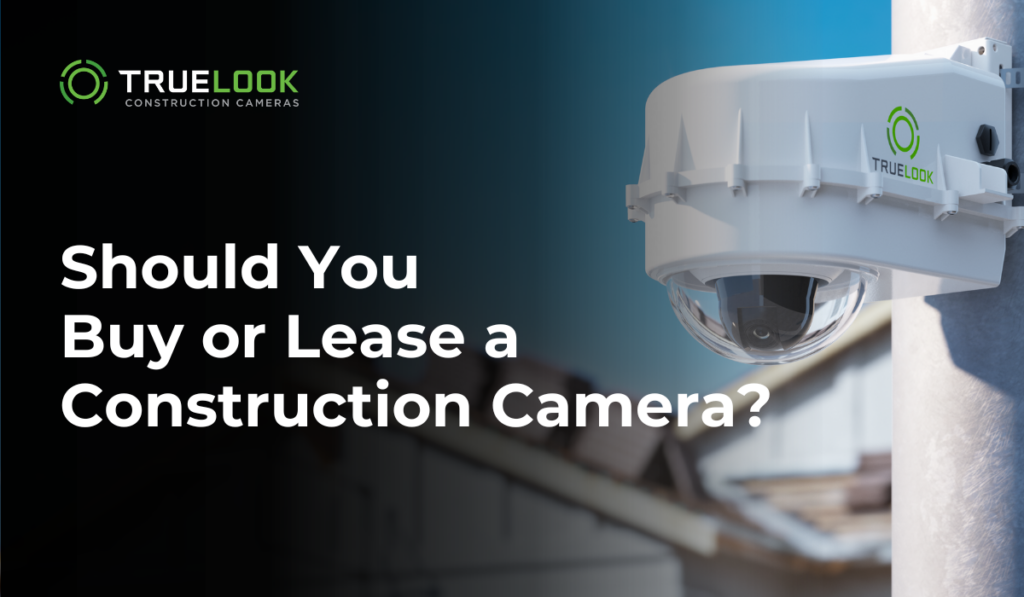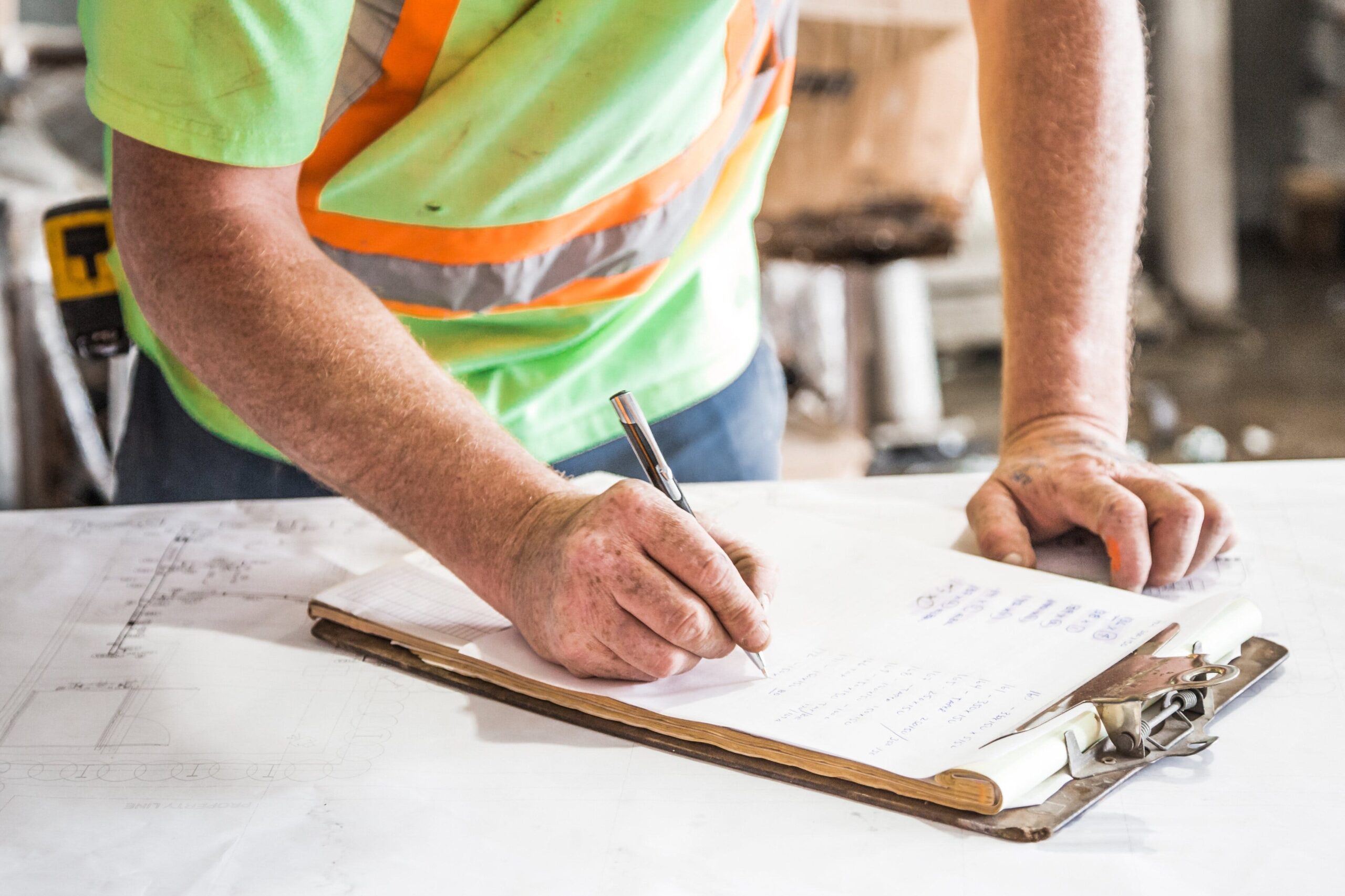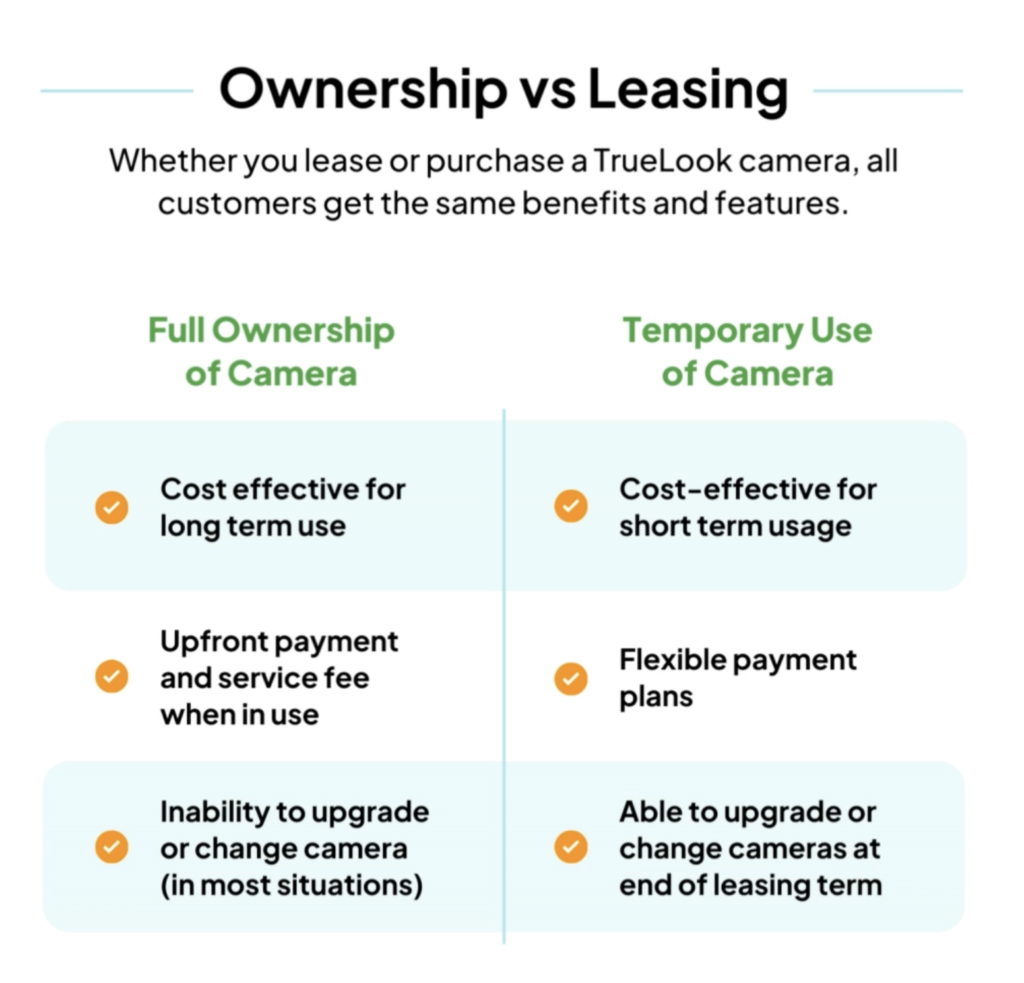
Key Takeaways
- Monthly rental costs typically range from $200-$2,000, depending on camera type, features, and project requirements.
- Renting offers lower upfront costs and scalability, while buying provides long-term savings for extended projects.
- Rental packages include hardware, connectivity, cloud storage, and support; everything needed for immediate deployment.
- The right rental plan depends on jobsite size, project duration, and security risk level in your specific location.
Jobsite security issues cost the construction industry billions annually. In particular, theft, vandalism, and liability claims cost the U.S. an estimated $1 billion annually, and those costs quickly derail project budgets and timelines.
Construction cameras help protect materials, equipment, and teams by providing all-day visibility and deterrence. For many projects, renting makes more sense than buying outright.
Let’s review the costs of camera rentals and how you can choose the right security solution for your next project.
What Does It Cost to Rent a Jobsite Security Camera?
Monthly rental costs for construction cameras typically range from $200 to $800 per camera, and may be higher. The final price depends on several key variables that impact both functionality and deployment requirements.
- Fixed-position cameras: Generally start around $200-$400 per month. These cameras capture incredibly sharp HD images and provide continuous coverage of one angle.
- Pan-tilt-zoom (PTZ) cameras: Typically range from $400-$600 monthly due to their advanced remote control capabilities. PTZ cameras provide 360-degree coverage, allowing you to see a panoramic view of your jobsite. PTZ cameras can provide 360-degree coverage, showing your entire jobsite at once via panoramic view.
- Reach $1,000-$2,000 monthly for their off-grid capabilities and portability. These solutions work perfectly for remote jobsites without reliable electrical connections.
Several factors influence your final rental cost:
- Project duration and location: Longer projects or remote locations may affect rental availability, delivery fees, or monitoring needs.
- Power source: Choose between standard electrical power or solar-powered options — solar often adds a premium due to increased hardware costs.
- Security features: Advanced deterrents like strobes, sirens, two-way audio, or AI-based detection raise the price.
- Cellular data requirements: If your site lacks Wi-Fi or ethernet, you’ll likely need a cellular plan, which may be bundled or billed separately.
- Number of cameras and coverage zones: More coverage means more cameras and higher monthly costs.
- Features and subscription tier: Costs can also vary based on the software features you select. Time-lapse, intelligent alerts, cloud storage duration, and third-party software integrations (like Procore or Autodesk) are often priced into subscription tiers or add-ons.
When pricing out your options, be sure to factor in both the hardware rental and any ongoing subscription fees based on your desired level of functionality and support.
Ready to explore rental options? Contact TrueLook’s team to get a customized quote based on your specific project requirements.

Rental vs. Purchase: What’s the Better Option?
The decision between renting and buying construction cameras depends on your project timeline, budget, and long-term needs. Both options offer distinct advantages, including:
Pros of Renting
- Lower upfront costs make camera deployment accessible without major capital investment. Most rental programs require minimal initial payment.
- Scalability across multiple projects allows you to adjust camera quantities based on changing needs. Add or remove cameras without financial penalties.
- Each camera is tested by experts before deployment, and support is included throughout the project to resolve issues quickly, without burdening your team.
- Short-term projects align well with flexible rental agreements, so you’re not locked into long-term commitments.
- No storage requirements eliminate warehouse costs and equipment management headaches. You just return the cameras when projects wrap up.
Pros of Buying
- Long-term cost savings benefit projects lasting a year or longer. Ownership becomes more economical over extended timeframes.
- Multiple project usage spreads the initial investment across several jobsites. Cameras pay for themselves through repeated deployment.
- One-time purchasing process eliminates ongoing rental negotiations. Make the investment once and focus on construction work.
- Easy reactivation and relocation simplify moving cameras between jobsites. No need to coordinate new rental agreements.
- For longer construction projects, buying may be more cost-effective than renting, especially when ongoing site monitoring is needed for several months or more.
Both options also have their fair share of drawbacks and disadvantages. It really depends on your specific jobsite needs and what makes the most sense for your budget constraints for any given project. A TrueLook expert can give you a crystal-clear view of which solution is ideal for you.

What’s Included When You Rent a Construction Security Camera?
Construction camera rental packages typically include everything needed for immediate deployment. Most providers offer comprehensive solutions rather than piecemeal components.
- Camera hardware: This hardware is the foundation of any rental package. Choose between fixed-position cameras for consistent coverage or PTZ cameras for remote-controlled monitoring.
- Cellular or Wi-Fi connectivity: Keep your cameras connected regardless of the jobsite infrastructure. Data plans and network management often come included with your rental.
- Live viewing and time-lapse access: Gain real-time visibility and project documentation. Most packages include mobile app access as well for remote monitoring on the go.
- Cloud storage and video retention: Footage is stored securely in the cloud, making it accessible from anywhere with an internet connection. The length of video retention depends on your subscription plan, helping you tailor storage needs to your project timeline.
- Motion alerts and smart security tools: Receive notifications of potential issues immediately. Advanced features like motion-activated strobes, sirens, and two-way audio can be added for an extra cost.
- Ongoing support and maintenance: Ensure cameras function throughout your rental period. Technical support resolves issues quickly to minimize downtime.
Companies like TrueLook combine these elements into value-added partnerships that go beyond basic camera rental. Their solutions integrate advanced security features with user-friendly interfaces designed specifically for construction professionals.
How Rental Cameras Improve Jobsite Security
Rental cameras provide immediate security improvements without long-term commitments. Their visible presence alone creates powerful deterrent effects against theft and vandalism.
- Deterrent value: Visible camera systems reduce the likelihood of theft and vandalism. Most criminals avoid jobsites with obvious security measures in place.
- Motion alerts and incident response: Real-time alerts notify you of suspicious activity as it occurs. Immediate awareness enables faster security responses and better evidence collection.
- Night vision capabilities: Maintain security coverage during vulnerable after-hours periods. Time-stamped recordings provide clear documentation for insurance claims and investigations.
- Sirens, lights, and talk-down systems: Advanced deterrent features like strobes, audible alarms, and two-way audio help prevent criminal behavior. These tools move beyond passive monitoring to actively intervene.
- Live viewing: Project managers, owners, and security personnel can all access camera feeds when needed.
- Documentation capabilities: Get liability protection and project transparency with detailed recordings that help resolve disputes and demonstrate compliance with safety protocols.
How to Choose the Right Rental Plan for Your Project
Selecting the optimal rental plan requires careful consideration of your specific project requirements. Start by evaluating these key factors:
- Jobsite size and layout determine camera quantity and placement strategy. Larger sites need multiple cameras for comprehensive coverage.
- Project duration influences whether renting or buying makes financial sense. Short-term projects typically benefit from rental flexibility.
- Crime risk in your area affects the level of security features needed. High-crime locations justify advanced monitoring capabilities and deterrent systems.
- Power availability determines whether standard or solar-powered cameras work best. Off-grid locations require self-sufficient power solutions.
Consider these additional questions when evaluating rental options:
- How many access points need monitoring?
- Will you need cameras on multiple projects?
- Do you have internal resources for camera maintenance?
- How important is having the latest camera technology?
- Are you prepared for the upfront costs of purchasing?
The answers help determine whether rental programs align with your operational needs and budget constraints.
Simplify Project Documentation with Construction Cameras
Maximize ROI With the Right Security Solution
Renting construction cameras offers a low-risk, high-reward approach to jobsite security. The flexibility to scale up or down based on project needs makes rental programs particularly attractive for growing construction companies.
Camera rental eliminates the burden of equipment maintenance, storage, and technology obsolescence. Focus your resources on core construction activities while security professionals handle camera deployment and support.
Modern rental solutions combine convenience with cutting-edge technology. Features like AI-powered motion detection, mobile alerts, and cloud-based storage deliver enterprise-level security without enterprise-level complexity.
Curious about construction camera rentals? Contact the TrueLook team to learn more or schedule a demo to find the best rental solution for your next project.

